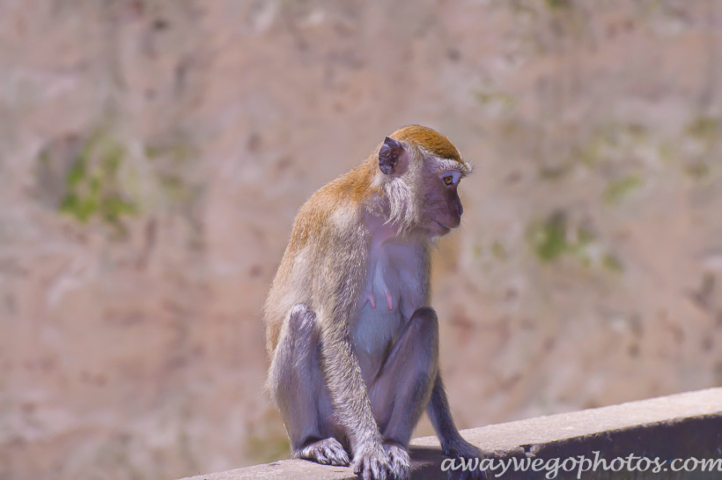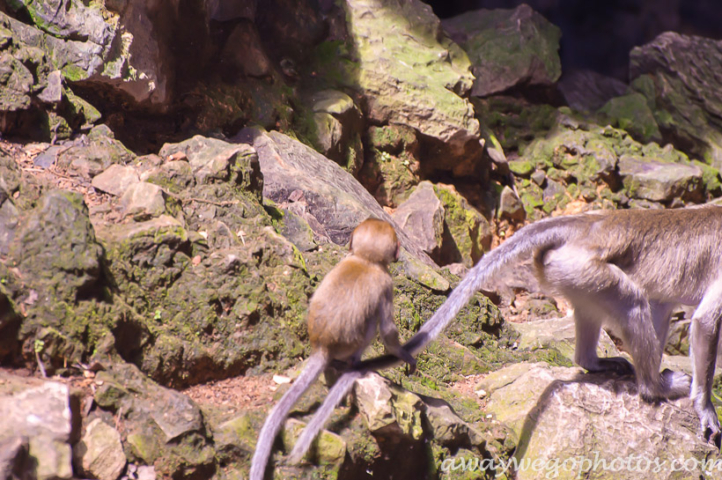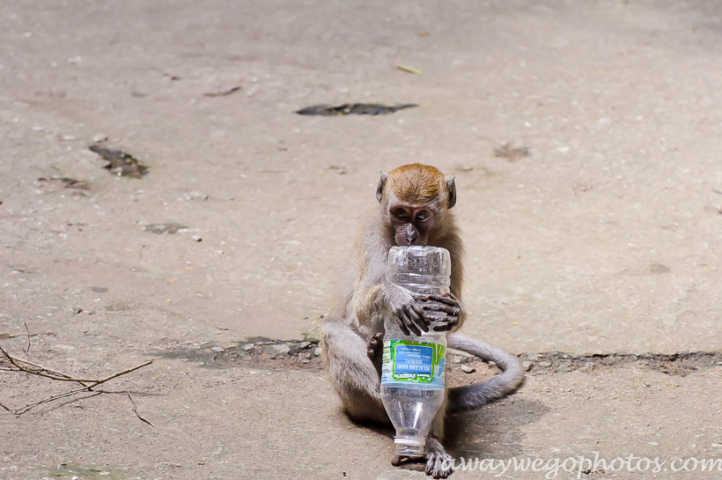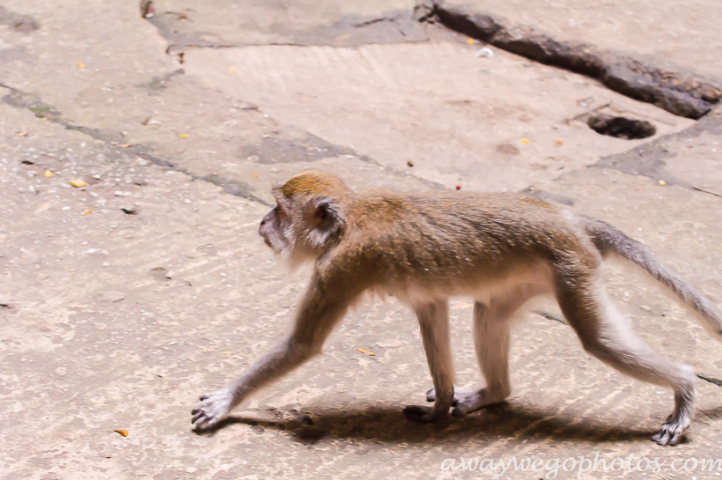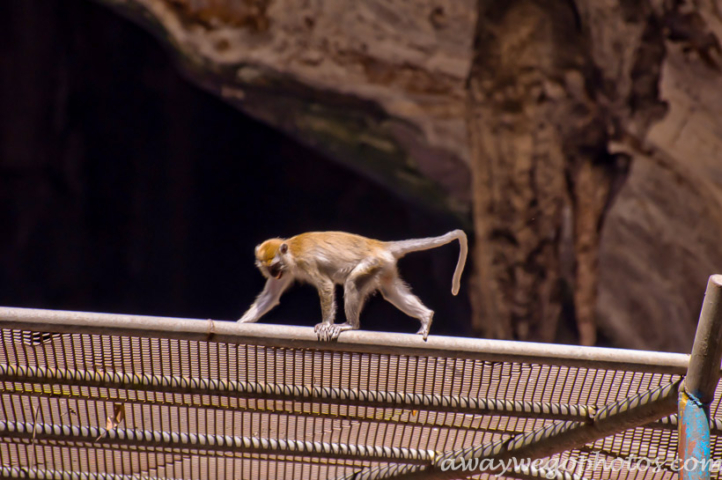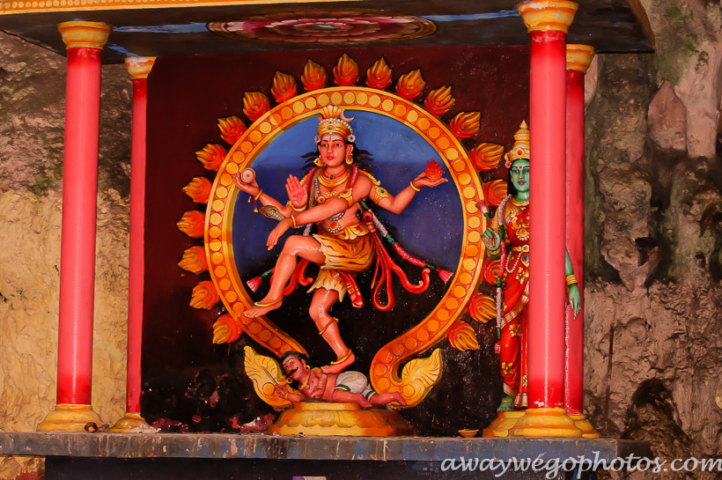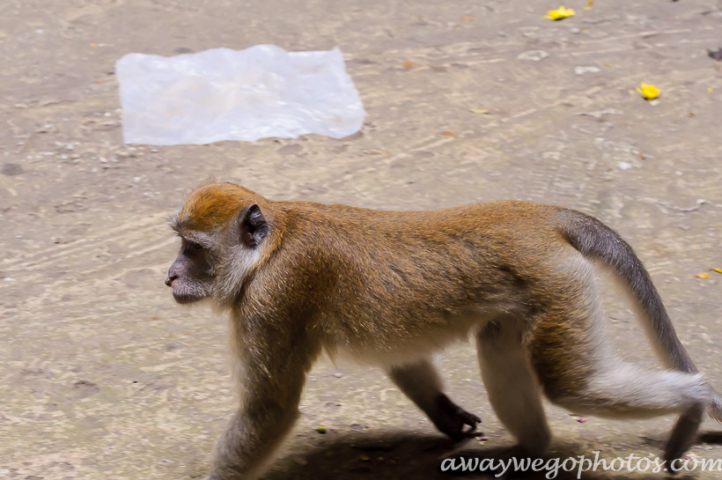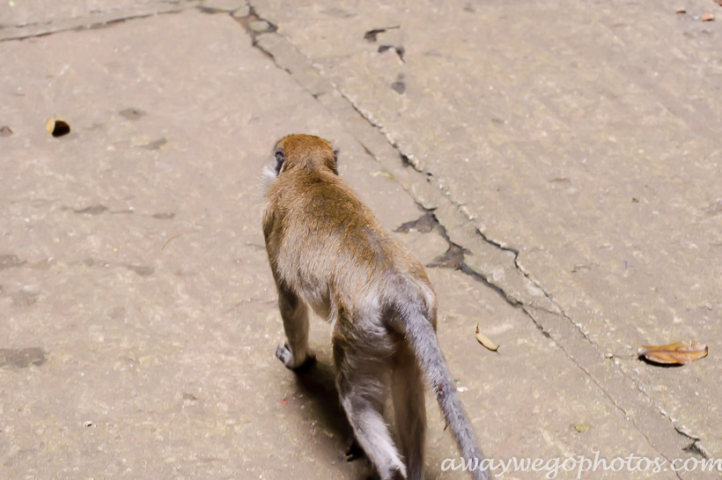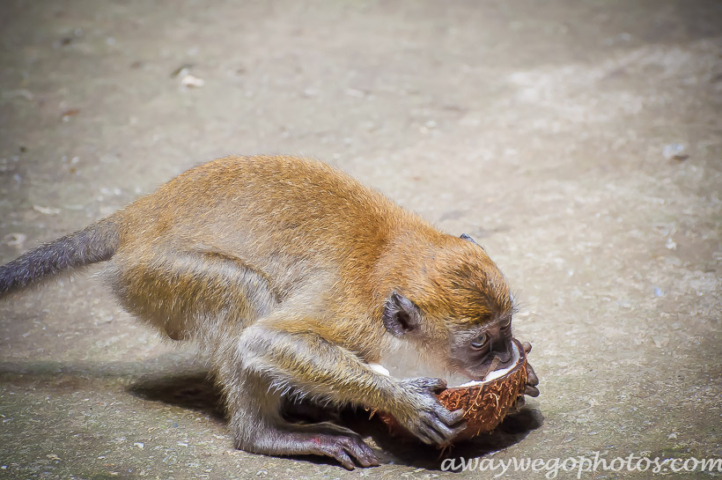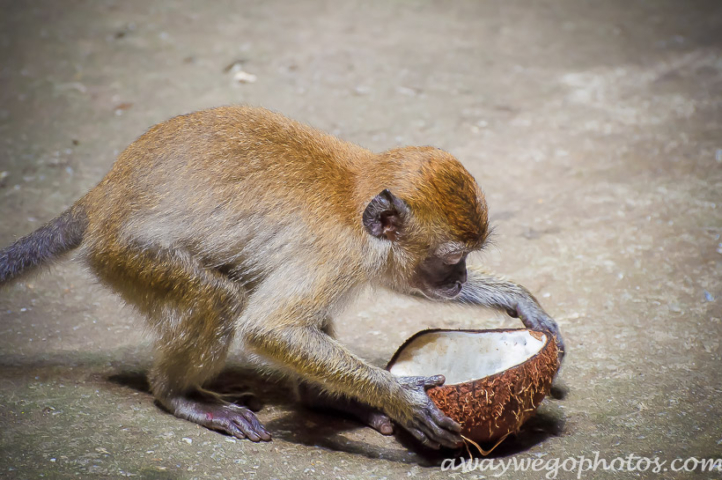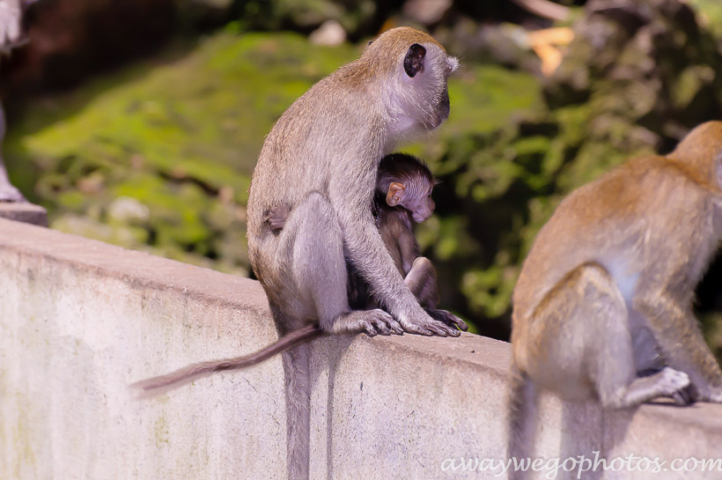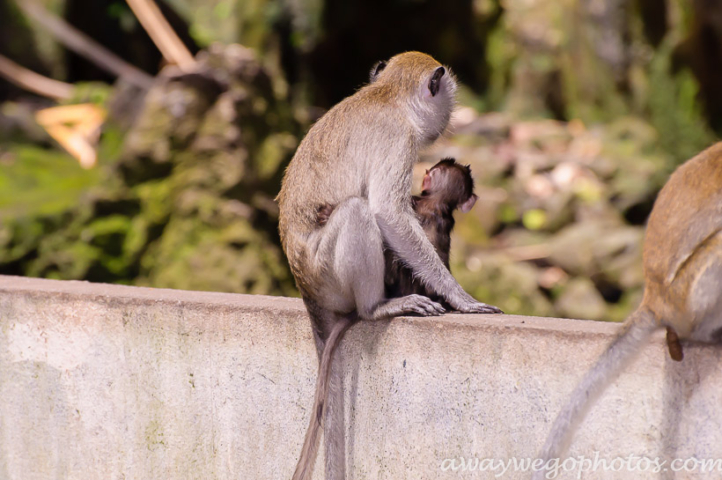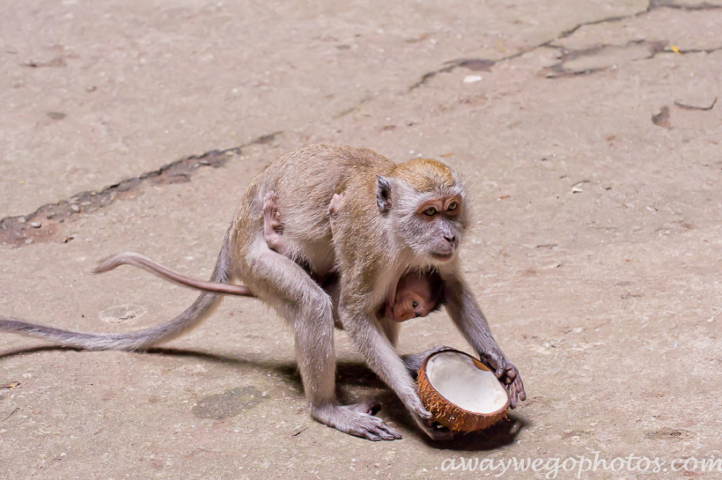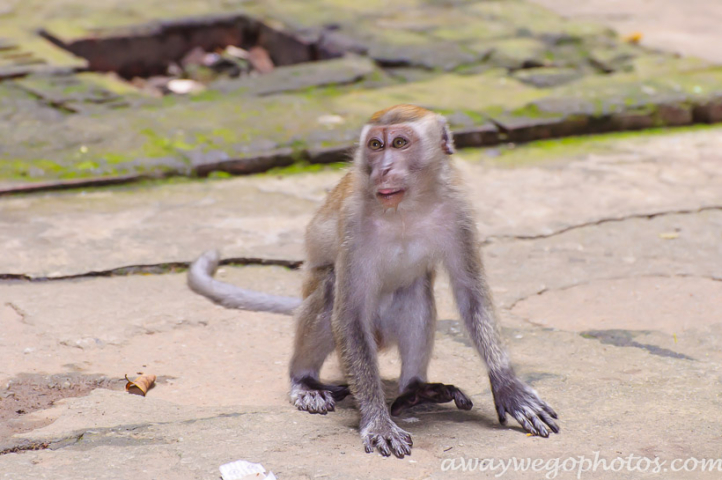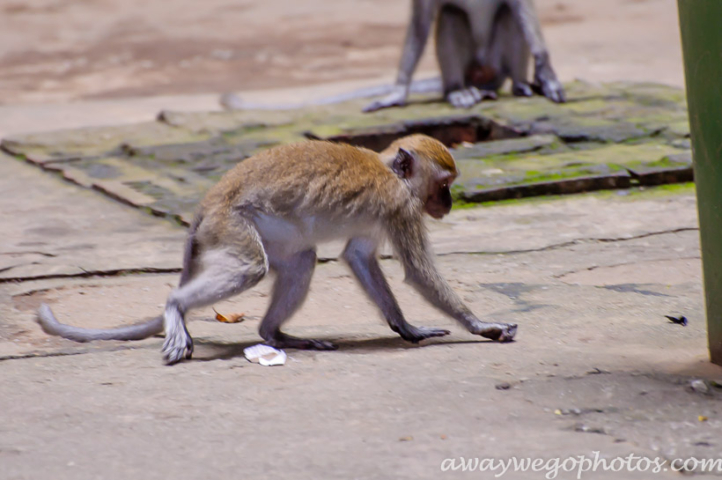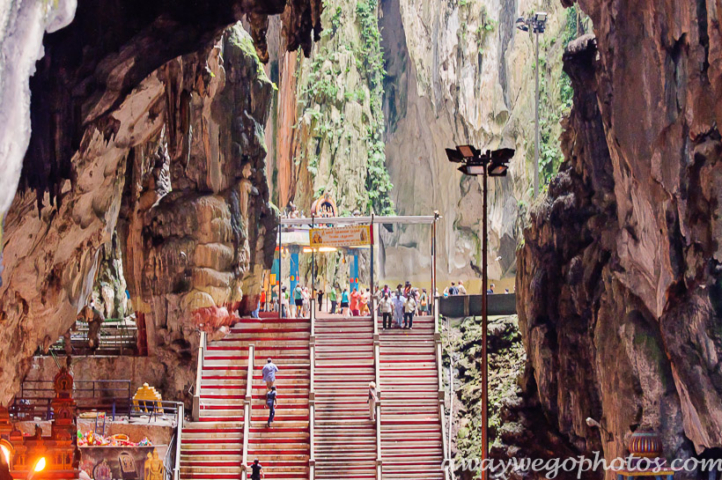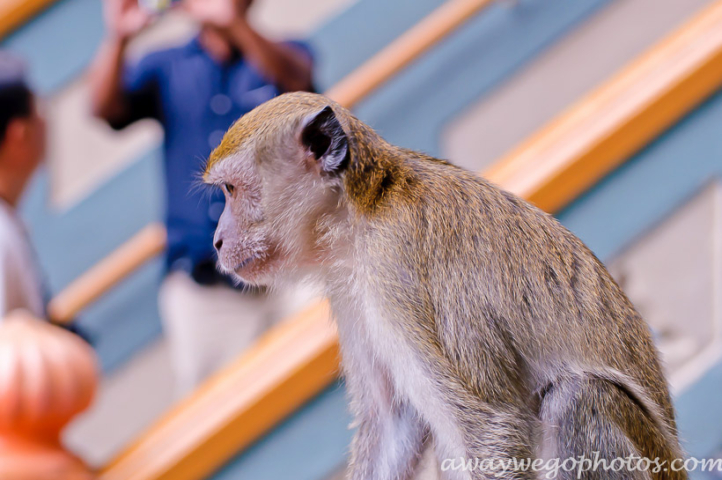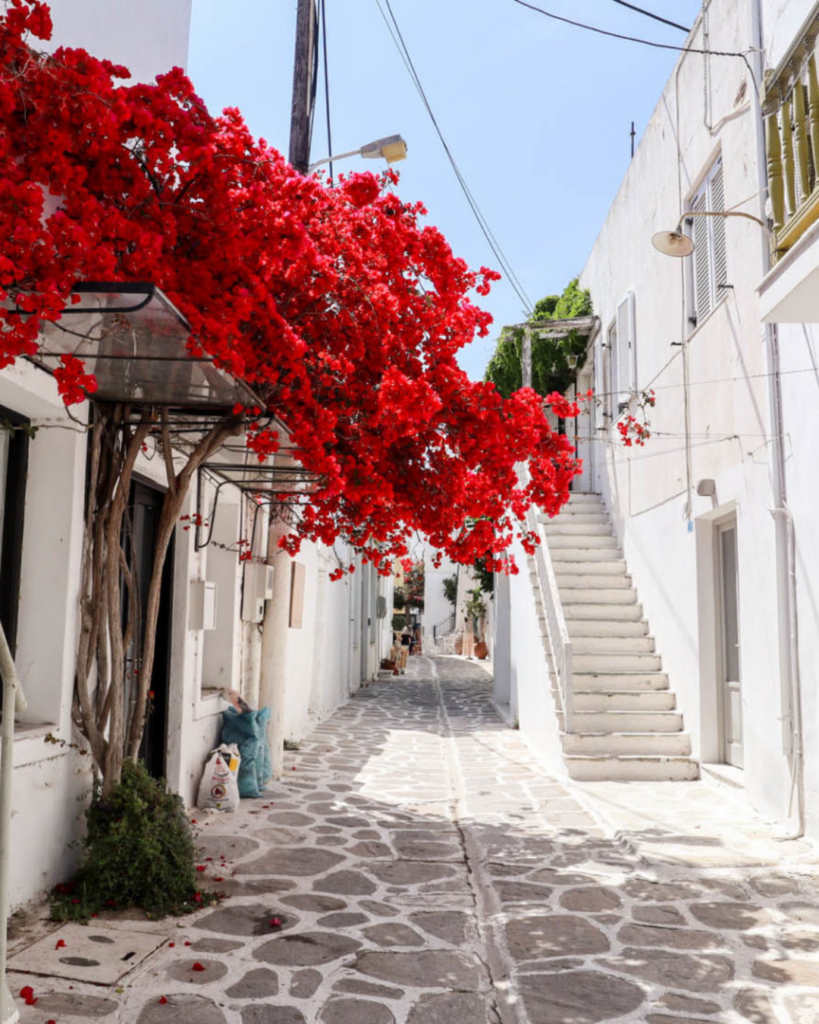Batu Caves, near Kuala Lumpur, Malaysia, is a revered Hindu shrine nestled within limestone hills. Ascending its 272 steep steps, visitors reach a cavernous space adorned with colorful statues and temples, including a towering golden statue of Lord Murugan. During Thaipusam, pilgrims embark on a fervent pilgrimage, carrying kavadis adorned with offerings.
They endure acts of devotion, like piercing their skin with hooks and skewers, as expressions of faith. Beyond its religious significance, Batu Caves offers breathtaking views of the surrounding area, making it a must-visit for cultural exploration and natural beauty in Malaysia.
Read below everything you need to know about Batu Caves, Kuala Lumpur.
Are you looking for more amazing places to visit in Malaysia? Check out here.
Where is Batu Caves?
Batu Caves is located near Kuala Lumpur, the capital city of Malaysia. It is located in the Gombak district, approximately 13 kilometers (8 miles) north of Kuala Lumpur’s city center. The caves are easily accessible by road and are a popular tourist destination in Malaysia, attracting visitors from around the world due to their religious significance and natural beauty.
10 Key Facts about Batu Caves
- Location: Batu Caves is situated near Kuala Lumpur, Malaysia, in the Gombak district, approximately 13 kilometers north of the city center.
- Hindu Shrine: It is a revered Hindu religious site dedicated to Lord Murugan, a Hindu deity, and is one of the most popular Hindu shrines outside of India.
- Limestone Formation: Batu Caves comprises a series of limestone caves and caverns, known for their natural beauty and geological significance.
- Main Cave: The main cave, known as Cathedral Cave or Temple Cave, houses several Hindu shrines and a massive golden statue of Lord Murugan.
- 272 Steps: Visitors must climb 272 steep steps to reach the entrance of the main cave, offering panoramic views of the surrounding area.
- Thaipusam Festival: Batu Caves is a focal point for the annual Thaipusam festival, during which devotees undertake a pilgrimage to the caves, often carrying kavadis adorned with offerings.
- Hindu Temples: In addition to the main cave, Batu Caves also features several other smaller caves and Hindu temples, including the Art Gallery Cave and Museum Cave.
- Rock Climbing: The limestone cliffs surrounding Batu Caves are a popular destination for rock climbing enthusiasts, offering various routes for climbers of all skill levels.
- Dark Cave: The Dark Cave, located near the main entrance, is a conservation area home to a diverse array of cave-dwelling species and offers guided educational tours.
- Tourist Attraction: Batu Caves is a significant tourist attraction in Malaysia, drawing visitors from around the world to explore its religious, cultural, and natural heritage.
How to get to Batu Caves
- By Train (KTM Komuter):
- Take the KTM Komuter train from Kuala Lumpur Sentral station.
- Board the Batu Caves-bound train on the Port Klang Line.
- The journey takes approximately 30 minutes.
- Disembark at Batu Caves station, which is the last stop.
- By Bus:
- Several bus services operate from Kuala Lumpur to Batu Caves.
- Buses depart from various locations such as KL Sentral, Pudu Sentral, and Titiwangsa.
- Look for buses with routes going towards Batu Caves.
- The journey duration varies depending on traffic conditions
- By Taxi or Ride-Sharing:
- Taxis and ride-sharing services like Grab are readily available in Kuala Lumpur.
- Simply input “Batu Caves” as your destination in the app or inform the taxi driver.
- This option offers flexibility in terms of timing and convenience but may be more expensive.
- By Car:
- If you prefer driving, Batu Caves is easily accessible by car.
- From Kuala Lumpur city center, take Jalan Kuching heading north.
- Follow signs indicating Batu Caves.
- The journey typically takes around 20-30 minutes depending on traffic.
- By Tour:
- Joining a guided tour is another option for visiting Batu Caves.
- Many tour operators in Kuala Lumpur offer day trips to Batu Caves, often combined with other nearby attractions.
- Check with tour agencies for availability and booking details.
- By Cycling:
- For the adventurous and eco-conscious, cycling to Batu Caves is possible.
- There are bike rental services available in Kuala Lumpur.
- Follow routes leading towards Batu Caves, ensuring safety on the roads.
- Batu Caves Tour: The last option to get from Kuala Lumpur to Batu Caves is by an organized tour. If you are looking for a hassle-free experience, then a guided tour is what you need.
- Batu Caves Half Day Tour – Click here
- Batu Caves and Firefly Watching Tour – Click here
Batu Caves Attractions
- Cave Temples: The main attraction of Batu Caves is the series of cave temples located within the limestone hills. The most famous of these is the Cathedral Cave, which houses several Hindu shrines and statues.
- Lord Murugan Statue: Dominating the entrance to Batu Caves is the iconic golden statue of Lord Murugan, standing at 42.7 meters (140 feet) tall. This statue is one of the tallest statues of a Hindu deity in the world.
- Dark Cave: For those interested in eco-tourism and adventure, the Dark Cave offers guided tours that take visitors through a network of caves filled with unique rock formations, rare animals, and intricate cave ecosystems.
- Ramayana Cave: This cave is adorned with colorful dioramas depicting scenes from the Hindu epic, Ramayana. Visitors can explore the cave while learning about the story of Rama and his adventures.
- Art Gallery Cave: Also known as the Museum Cave, this cave houses various Hindu statues and paintings, providing insight into Hindu mythology and culture.
- Rock Climbing: Batu Caves is a popular destination for rock climbing enthusiasts, offering numerous limestone cliffs and routes for climbers of all skill levels.
- Thaipusam Festival: If you’re visiting during the Thaipusam festival, you’ll witness a vibrant and lively celebration as devotees gather to pay homage to Lord Murugan by carrying kavadis (burdens) and performing various rituals.
- Nature Walks: Surrounding the caves is a lush green area known as the Ramayana Cave Garden. Visitors can take leisurely walks through the park, enjoying the natural beauty and spotting wildlife such as monkeys and birds.
What to Wear/ Not to Wear at Batu Caves
- What to Wear:
- Comfortable Clothing: Opt for lightweight, breathable fabrics such as cotton or linen to stay cool in the tropical climate.
- Modest Attire: As Batu Caves is a religious site, it’s respectful to dress modestly. This means covering your shoulders and knees.
- Comfortable Shoes: Wear comfortable walking shoes or sneakers as you’ll be climbing stairs to reach the caves.
- Sun Protection: Bring a hat, sunglasses, and sunscreen to protect yourself from the sun, especially if you plan to explore the outdoor areas.
- Layers: Consider bringing a light jacket or scarf, as it can get cooler inside the caves.
- What Not to Wear:
- Revealing Clothing: Avoid wearing clothing that is too revealing or tight-fitting, as this may be considered disrespectful in a religious setting.
- High Heels or Flip-flops: Steer clear of high heels or flip-flops as they may not be suitable for climbing the stairs and walking on uneven surfaces.
- Shorts or Skirts Above the Knee: To respect the cultural norms and religious significance of the site, it’s best to avoid wearing shorts or skirts that expose the knees.
- Excessive Jewelry: While it’s okay to wear minimal jewelry, avoid wearing excessive jewelry that may be distracting or inappropriate.
- Heavy Backpacks or Bags: Opt for a lightweight backpack or crossbody bag to carry your essentials, as heavy bags can be cumbersome while climbing stairs.
Pictures
Like this Post? Save it on Pinterest!



